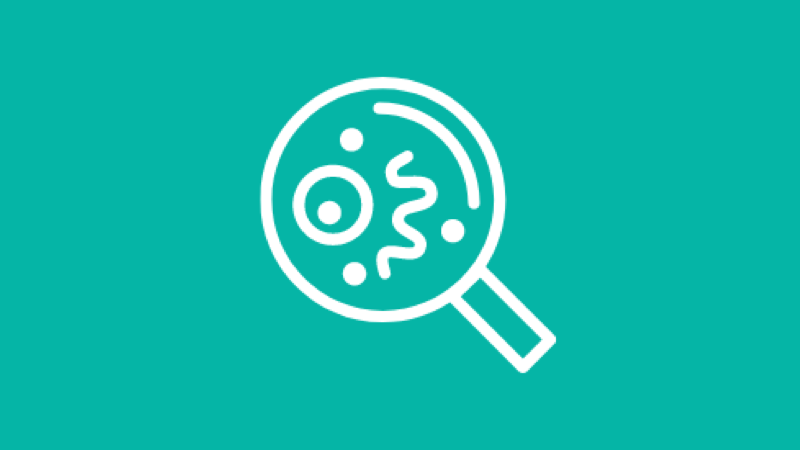About Melanoma
Melanoma is a cancer of the pigment cells: cells which make melanin which is responsible in part for skin colour and for protecting the skin from damage from
the sun.
Although all melanomas are cancers, most melanomas are removed early and are entirely cured by that surgery. Some countries use the term “malignant melanoma” but the word malignant means cancer and in the UK then “malignant” is thought unecessary and “melanoma” alone is used.
There are different types of melanoma
Melanomas most frequently grow on skin which is often or occasionally exposed to the sun. More rarely melanoma can develop in areas of the body which are not usually exposed to the sun. These body sites are:
- In the eye (note that MyMelanoma will not currently be carrying out research on melanoma of the eye, as it behaves quite differently to melanoma arising in other sites).
- On the sole of the foot (acral lentiginous melanoma) or under the nail (subungual melanoma).
- On the penis, or vulva, or very rarely in the vagina or cervix.
- On wet mucosal surfaces eg in the mouth, nose or sinuses.
These rare types of melanoma occur all over the world, in people of all skin colours and types. In any one country, the number of patients with these rare types of melanoma is small so that in order to make real progress in research we need to work together to make a difference. We hope that MyMelanoma will play a role here by recruiting more patients to the study than is possible within any single area of the country.





